Figures & data
Figure 1. Principal component analysis (PCA). (A) PCA of wild (N = 5) and farm origin grayling eggs (N = 11) based on fatty acid (FA) content (% of total), FA ratios and protein content (see Table ). (B) Projections of loading densities for the first two principal components of FA content (% of total), FA ratios and protein content (same as in Table ), affecting distribution of egg samples in (a).
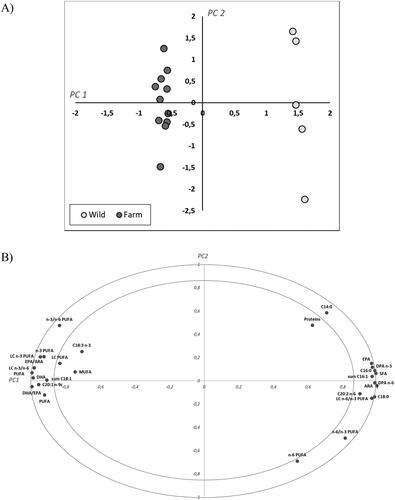
Table 1. Sum of fatty acid (FA) and protein content in mg/100 g of grayling egg wet weight, fatty acid profile in wild and farm origin grayling eggs in mg/100 g of fresh matter and in % of individual FA of total identified. Composition of FA groups and ratios in wild and farm origin grayling eggs are also presented. Statistical significance of difference between the means of the two groups is indicated with P value.
Figure 2. Sum of fatty acids (FA) and protein content in the wild and farm origin grayling eggs. Statistically significant difference between the means of two groups is denoted by asterisks (** - p < 0.01).
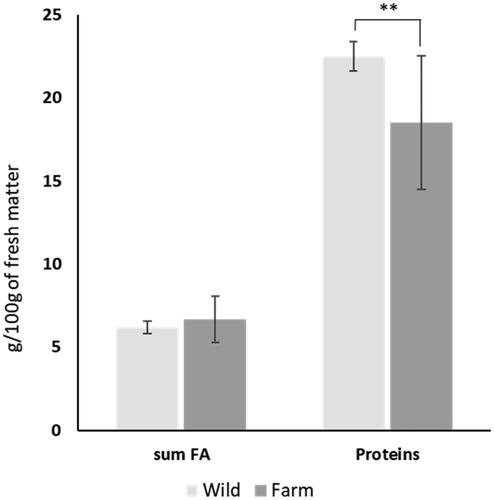
Figure 3. Proportion (% of total) of the EFA and FA groups (DHA, EPA, ARA, SFA, MUFA, PUFA) in the wild and farm origin grayling eggs. Statistically significant difference between the means of two groups is denoted by asterisks (*** - p < 0.001). DHA: Docosahexaenoic acid, EPA: Eicosapentaenoic acid, ARA: Arachidonic acid, SFA: Saturated fatty acids, MUFA: Monounsaturated fatty acids, PUFA: Polyunsaturated fatty acids.
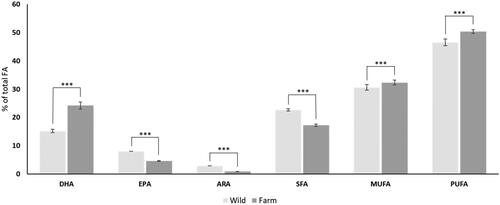
Figure 4. Fatty acid ratios in wild and farm origin grayling eggs. Statistically significant difference between the means of two groups is denoted by asterisks (*** - p < 0.001). EPA: Eicosapentaenoic acid, ARA: Arachidonic acid, DHA: Docosahexaenoic acid, PUFA: Polyunsaturated fatty acids.
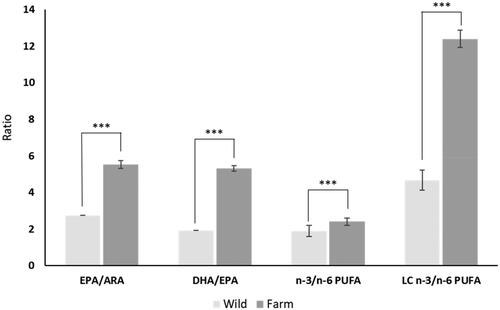
Figure 5. Embryo and larval development. (A) Normal developing wild origin grayling larvae before hatching (A, B, C) and after hatching (C, D). Wild origin eggs are intensively yellow/orange coloured. (B) Deformities noticed in farm origin grayling larvae before hatching (A, B, C) and after hatching (D, E, F). Spine malformations, such as coiled tail (A, B, C) or bended spine (D, E) and jaw malformations (E, F) are shown. Farm origin eggs are pale, light yellow coloured.
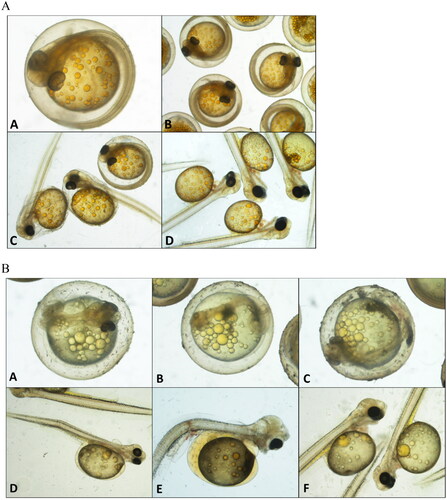
Table 2. Colorimetric values L*, a* and b* measured for wild and farm origin grayling eggs. Average ± SD of all three parameters, and significance of comparison between both groups of eggs is presented.
Data availability statement
The data presented in this study are available on request from the corresponding author upon reasonable request.
